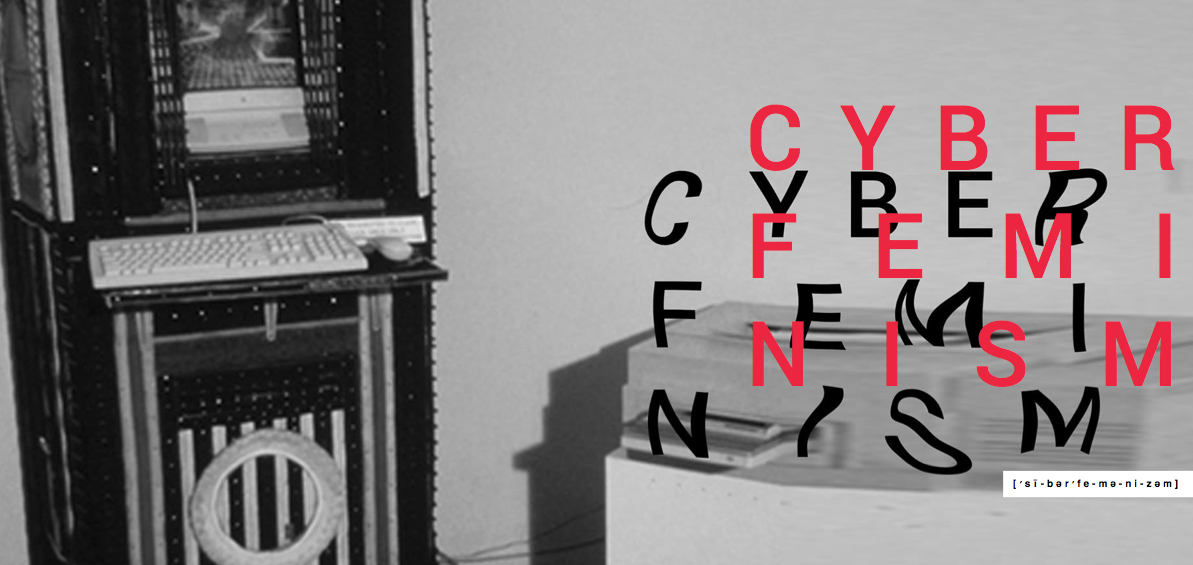
The following is an excerpt from an article by Ben Valentine of Hyperallergic, published April 7, 2015:
Not long ago I wrote an article celebrating the work being done by cyberfeminist collective Deep Lab. In a post-Snowden world that’s seen few legal or structural changes since the first leaks, and one that’s filled with male-dominated tech conferences that sound more like advertising than critical discussion, I still consider Deep Lab’s work to be invaluable.
However, after the piece was published, Dorothy Santos — a writer, curator, and friend who’s currently organizing an exhibition on privacy and surveillance and their relationship to gentrification in the Bay Area — wrote to me to express concerns about the lack of women of color (WOC) and queer or trans women of color (QTWOC) artists in Deep Lab. She questioned why I didn’t discuss that lack of representation in my article.
With Santos’s encouragement, I decided it would be valuable to do a follow-up piece and include perspectives from WOC and QTWOC artists and writers regarding Deep Lab, new media and technology-based art, and representation. We emailed a small questionnaire to 20 such women. Seven responded, and their comments are featured below along with Santos’s own answers. We encourage any WOC/QTWOC readers to comment on this article or email to share your perspectives. As Deep Lab continues its work in 2015, with exciting partnerships with the MIT Media Laboratory and NEW INC, we hope these voices will be taken into account.

Deep Lab members
Ben Valentine: How do you feel about the overrepresentation of whiteness in media, especially in projects such as Deep Lab, which seeks to nurture radical and marginalized voices?
Dorothy Santos (DS): I feel a strong sense of frustration, but I am resigned to the lack of representation. The second part of the question is tricky: If radical and marginalized voices were meant to be a part of the conversation, why was the group specifically hand-picked? Why not allow women to have a seat at the table and join the conversation? It becomes challenging when WOC and QTWOC are exchanging and sharing knowledge only among themselves — the situation becomes circular. The internet certainly allows for groups to engage in global conversations, but the fact remains that a “congress of cyberfeminist[s]”comprised of predominantly cis white women discussing issues of privacy, surveillance, new media, and digital art at a prestigious university doesn’t exactly help the communities that become the subjects of their discussions. It can be isolating to women in search of this type of (necessary) dialogue.
I acknowledge that everything can’t be covered in a mere week. For the record, the work produced by Deep Lab, from the recordings available on YouTube to the anthology, is invaluable and necessary. It is deeply impactful and influential. Yet I cannot help but perceive this work as being done in an insular manner that presents a highly privileged perspective.
Anonymous #1: It has always appeared that white people are more recognized for these positions, to speak neutrally about social issues to mainstream audiences. And white people are more often granted the power and opportunity and time to work in those places. This has been the norm throughout my education, and it makes predominantly non-white or visible minority groups who work with technology appear less interesting to white audiences, who might not be able to take into account the culturally specific and identity-related needs of marginalized people.
Anuradha Vikram (AV), educator, writer, curator at 18th Street Arts Center: I think projects like Deep Lab reflect the limited access to new technologies and media representation offered to people of color. It’s advantageous for them to reach out to more women of color for inclusion, certainly. Women of color have different and necessary perspectives on questions of surveillance, criminalization, and embodiment that need to be represented. It’s not fair to call them an exclusively white collective, though — they are underrepresented with respect to WOC but not totally unrepresented. Equally problematic is our overemphasis on American technologists when much of the most interesting work in this area is being done in places where technology is transforming economics and culture such as China, India, Brazil.
Anonymous #2: Whatever bias and discrimination that is perpetuated on the internet is purely imposed from the real world.
That being said, when I first discovered Deep Lab, I did not take into account or really notice their whiteness. I see a group of strong females coming together to voice their opinions and push for gender equality.
I only briefly went through the Deep Lab manifesto, but from what I’ve gathered, they address issues that concern people globally, regardless of race and gender. Deep Lab is in an infantile state, so there is much potential for growth for WOC and QTWOC.

Jennifer Chan, “Boyfriend 男友” (2014)
…
Read the entire interview on Hyperallergic here.
